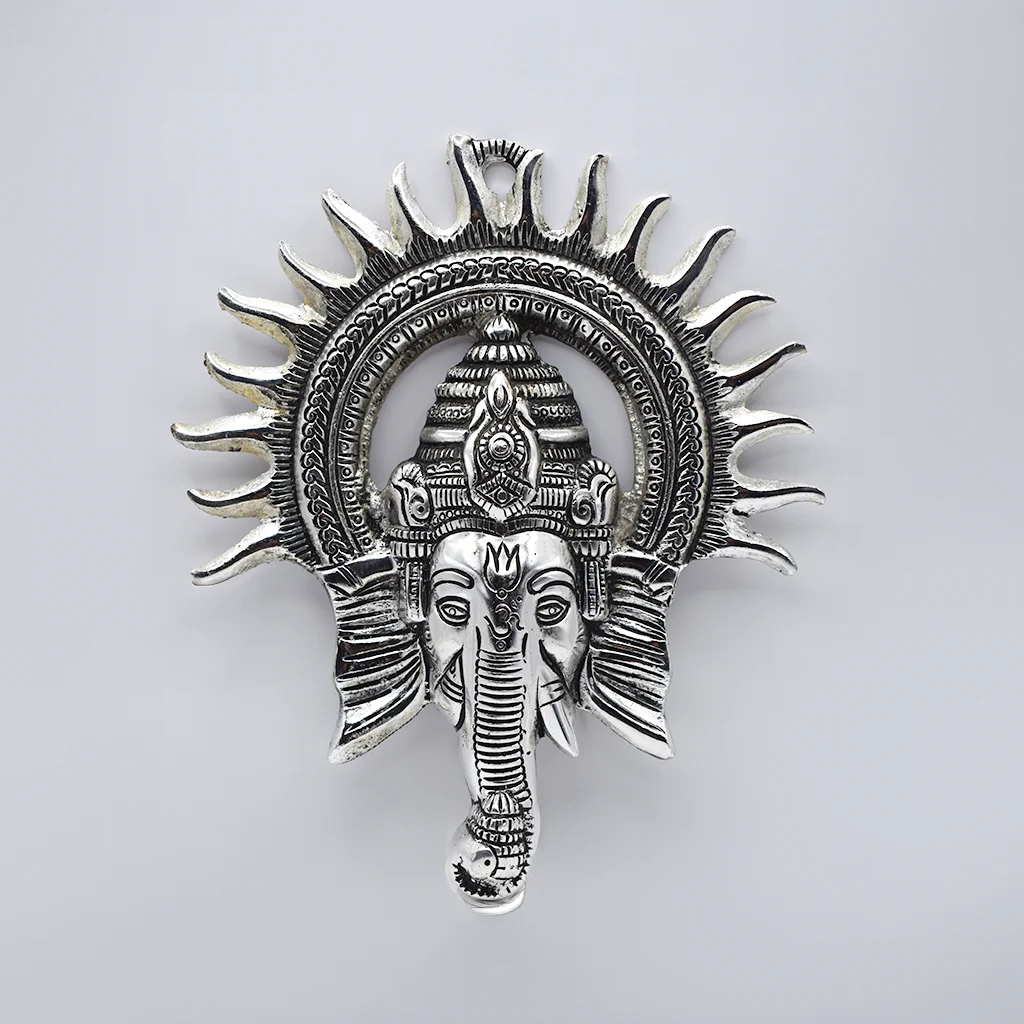In a world filled with the hustle and bustle of modern life, it’s easy to neglect our health and well-being. Stress, pollution, and an unhealthy lifestyle can take a toll on our bodies. Ayurvedic detoxification, a time-tested practice rooted in ancient Indian medicine, offers a natural and holistic approach to cleansing and rejuvenating the body. In this comprehensive guide, we’ll explore the benefits of Ayurvedic detox and delve into the various types of cleansing methods it encompasses.
What is Ayurvedic Detox?
Ayurveda, often referred to as the “science of life,” is a traditional system of medicine that has been practiced for thousands of years. Central to Ayurveda is the belief that a balance between mind, body, and spirit is essential for overall health. When this balance is disrupted, toxins (known as “ama” in Ayurveda) can accumulate in the body, leading to various health issues.
Ayurvedic detox aims to rid the body of these toxins and restore equilibrium. It emphasizes natural, holistic methods that promote wellness from within, rather than relying on external treatments or medications. Now, let’s explore the various types of Ayurvedic detox methods and their benefits.
Panchakarma Detox
Panchakarma is perhaps the most renowned Ayurvedic detoxification method. It involves a series of five therapeutic actions, including:
1- Vamana (Therapeutic Vomiting)
2- Virechana (Purgation)
3-Basti (Enema)
4-Nasya (Nasal Medication)
5-Raktamokshana (Bloodletting)
Each of these actions serves a unique purpose in cleansing the body. Panchakarma detox can effectively remove deep-seated toxins and restore balance.
Dietary Detox
Ayurveda places significant importance on diet. A dietary detox involves consuming specific foods and herbs tailored to your body type (dosha). It helps in clearing digestive impurities, boosting metabolism, and enhancing overall vitality.
Herbal Detox
Herbal remedies are at the core of Ayurveda. Ayurvedic herbs such as triphala, neem, and guggul are known for their detoxifying properties. These herbs can help cleanse the digestive system, liver, and blood, promoting overall health.
Yoga and Pranayama
Ayurvedic detox isn’t just about physical cleansing; it also focuses on mental and emotional well-being. Yoga and pranayama (breathing exercises) help release stress, improve mental clarity, and support toxin elimination.

Abhyanga (Oil Massage)
Abhyanga, a daily self-massage with warm herbal oils, is a soothing practice that promotes lymphatic drainage and detoxification. It also nurtures the skin, the body’s largest organ.

Benefits of Ayurvedic Detox
Now that we’ve explored different types of Ayurvedic cleansing methods, let’s delve into the benefits:
Improved Digestion:
Ayurvedic detox helps remove digestive impurities, leading to better digestion and absorption of nutrients.
Enhanced Energy:
By eliminating toxins and restoring balance, Ayurvedic detox can boost energy levels and reduce fatigue.

Mental Clarity:
Cleansing the body also purifies the mind, enhancing mental clarity and focus.
Weight Management: Ayurvedic detox can support healthy weight management by eliminating excess ama (toxins) that may contribute to weight gain.

Stress Reduction: Practices like yoga and pranayama in Ayurvedic detox reduce stress, promoting emotional well-being.

Glowing Skin: Abhyanga and herbal detox can result in healthier, radiant skin.
Ayurvedic detox offers a holistic approach to cleansing and rejuvenating the body. By embracing these ancient practices, you can experience improved health, vitality, and a deeper connection between your mind, body, and spirit. Make Ayurveda a part of your wellness routine, and embark on a journey towards lasting well-being.
Remember that before starting any detox program, it’s essential to consult with an Ayurvedic practitioner who can tailor the approach to your unique constitution and needs. The ancient wisdom of Ayurveda has stood the test of time, offering a path to wellness in our fast-paced, modern world.































